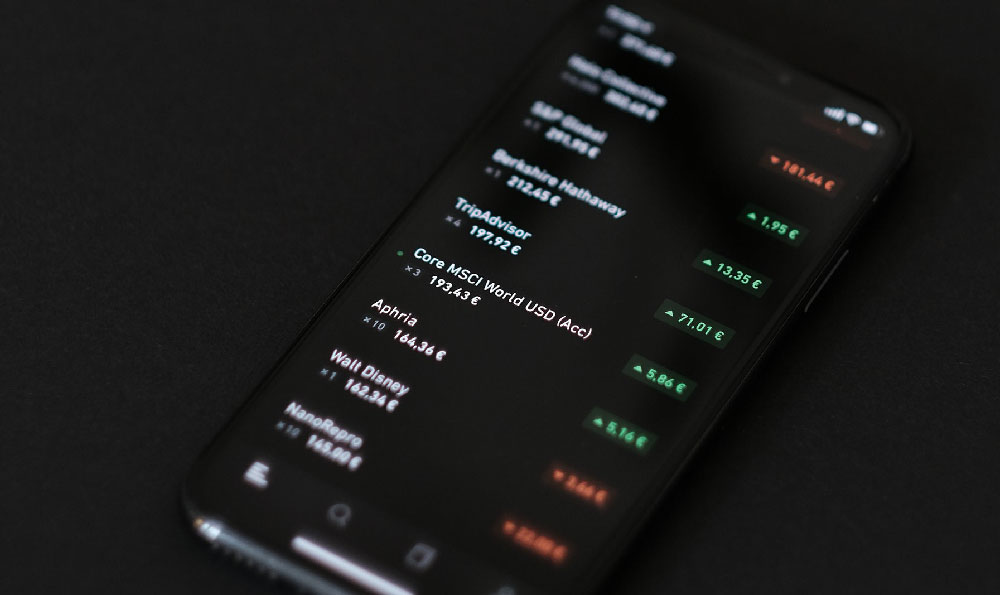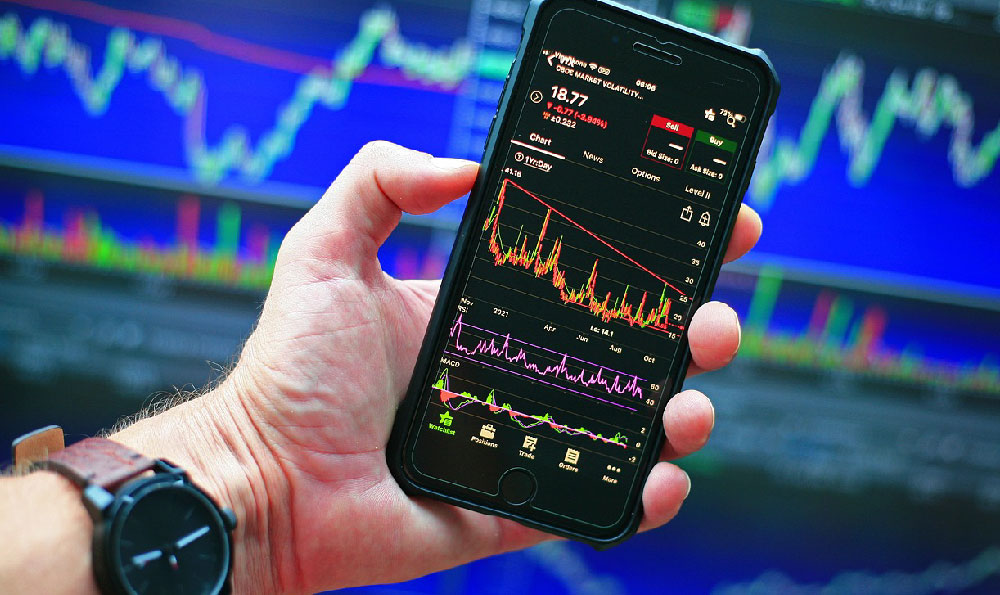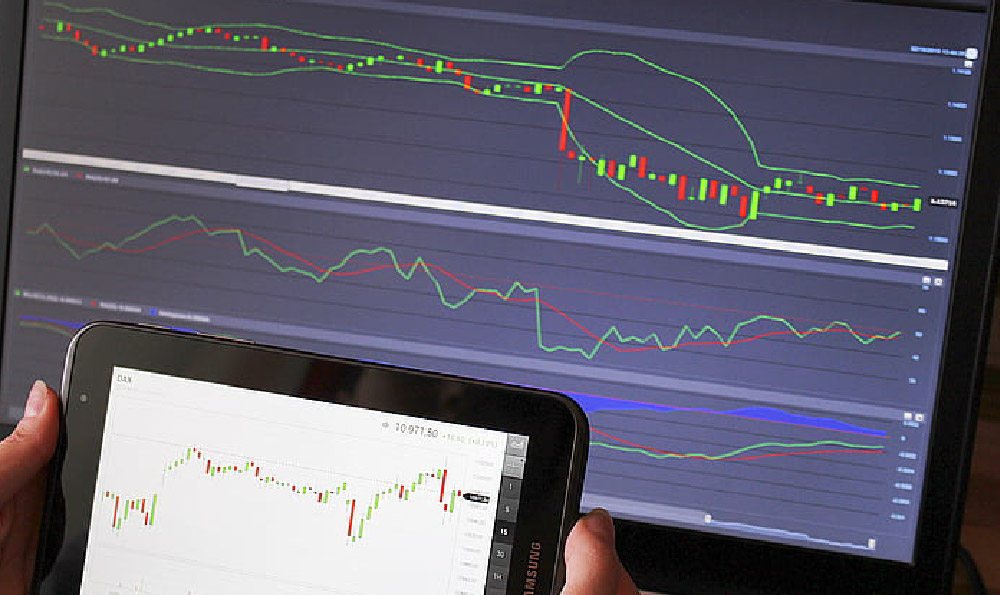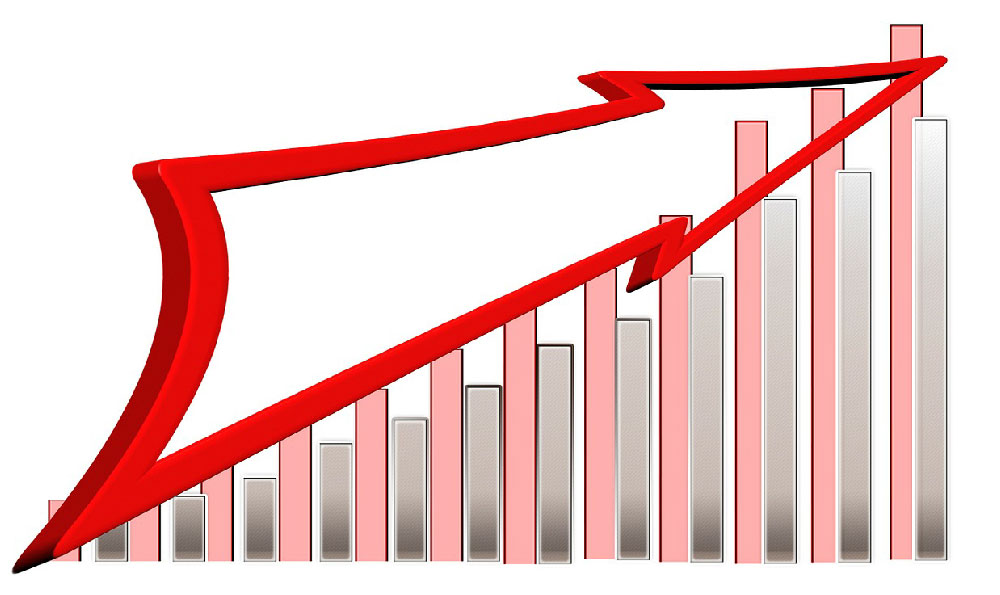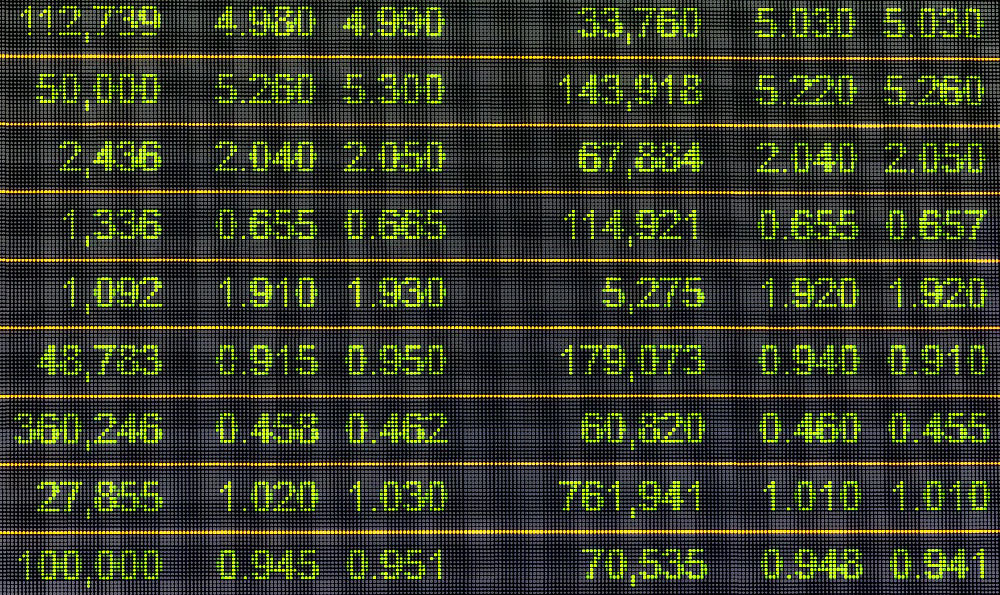Day trading, or intraday trading, has become increasingly popular in recent years as more investors seek to profit from short-term market movements. Unlike long-term investing, which relies on holding assets for months or years, day trading involves buying and selling securities within a single trading day. This approach requires a combination of technical skills, psychological readiness, and disciplined risk management. While the allure of quick profits can be tempting, success in this field is rarely guaranteed and often hinges on a deep understanding of market mechanics, as well as the ability to adapt to changing conditions. For those interested in exploring day trading as a viable income strategy, the journey begins with a comprehensive grasp of the fundamentals, a well-defined trading plan, and continuous learning. The following insights provide a roadmap for beginners and intermediates alike, emphasizing practical steps and considerations that can enhance profitability while minimizing unnecessary risks.
Mastering the technical aspects of day trading is the foundation of any successful approach. Traders must first familiarize themselves with the various financial instruments available, such as stocks, forex, and cryptocurrencies, and understand how they behave in different market environments. The ability to analyze price charts, identify patterns, and interpret technical indicators like moving averages or the RSI (Relative Strength Index) is essential for making informed decisions. Additionally, staying updated with real-time market data and news is crucial, as unexpected events can significantly impact short-term price movements. However, technical knowledge alone is not sufficient; traders must also develop an acute awareness of market psychology, as emotions often play a pivotal role in decision-making. The discipline to remain calm during volatile conditions and to avoid impulsive trades based on fear or greed sets apart consistent performers from those who struggle to maintain profitability.
Effective risk management is a cornerstone of sustainable day trading. Every trader should establish clear rules for determining position size, setting stop-loss orders, and allocating capital. A common strategy involves limiting the amount of capital risked on each trade to a predetermined percentage, such as 2% of the total portfolio. This approach ensures that even a series of losing trades will not deplete the trader's account excessively. Stop-loss orders are equally vital, as they provide a safety mechanism to cut losses quickly and prevent emotional decisions from escalating risk. Traders must also be mindful of leverage, as while it can amplify returns, it also magnifies potential losses. The key to profitability lies in maintaining a balance between risk and reward, which requires a personalized approach that accounts for individual risk tolerance and financial goals.

Developing a robust trading strategy is the next critical step. Many day traders rely on technical analysis to identify entry and exit points, but others incorporate fundamental analysis to gauge long-term value and market sentiment. The best approach often involves a hybrid strategy that combines both methods to provide a more holistic view of market conditions. For example, a trader might use technical indicators to spot immediate buying opportunities while analyzing company earnings reports to assess the broader market direction. Additionally, understanding market trends is essential, as identifying whether the market is bullish, bearish, or neutral can help traders position their trades accordingly. It is also important to determine the time frame of trades, as some strategies focus on intraday patterns like 5-minute or 15-minute intervals, while others may extend to hourly or daily time frames.
Embracing continuous learning and adaptability is crucial for long-term success. The financial markets are dynamic, and what works today may not be effective tomorrow. Traders should regularly review their performance, analyze their trades for both successes and mistakes, and refine their strategies accordingly. Keeping up with market changes, such as regulatory updates or shifts in investor behavior, is also necessary to stay ahead of the curve. Furthermore, experimenting with different strategies and time frames can help traders find a method that aligns with their personality and goals. It is important to note that day trading is not a get-rich-quick scheme, but rather a skill that requires patience, practice, and a willingness to learn from both wins and losses.
While the potential for profitability exists, day trading is inherently risky and should be approached with caution. Traders must be prepared for the possibility of financial loss, especially in the early stages of their journey. The importance of maintaining a trading journal and tracking both successes and failures cannot be overstated, as it provides a valuable record for analyzing performance and improving decision-making. Additionally, having a solid trading plan that includes specific entry and exit criteria is essential for avoiding random trades and staying disciplined. Finally, the ability to manage time and stress is a key factor in long-term success, as the fast-paced nature of day trading can be overwhelming for those who lack experience or proper preparation.
In conclusion, becoming a day trader and achieving profitability requires a multifaceted approach that combines technical knowledge, strategic planning, and emotional control. While the markets present opportunities for growth, they also demand a commitment to continuous learning and disciplined risk management. For those who are willing to invest time in developing these skills, day trading can be a rewarding path. However, it is important to emphasize that success is not immediate and that consistent results are the product of careful preparation, adaptability, and resilience.


